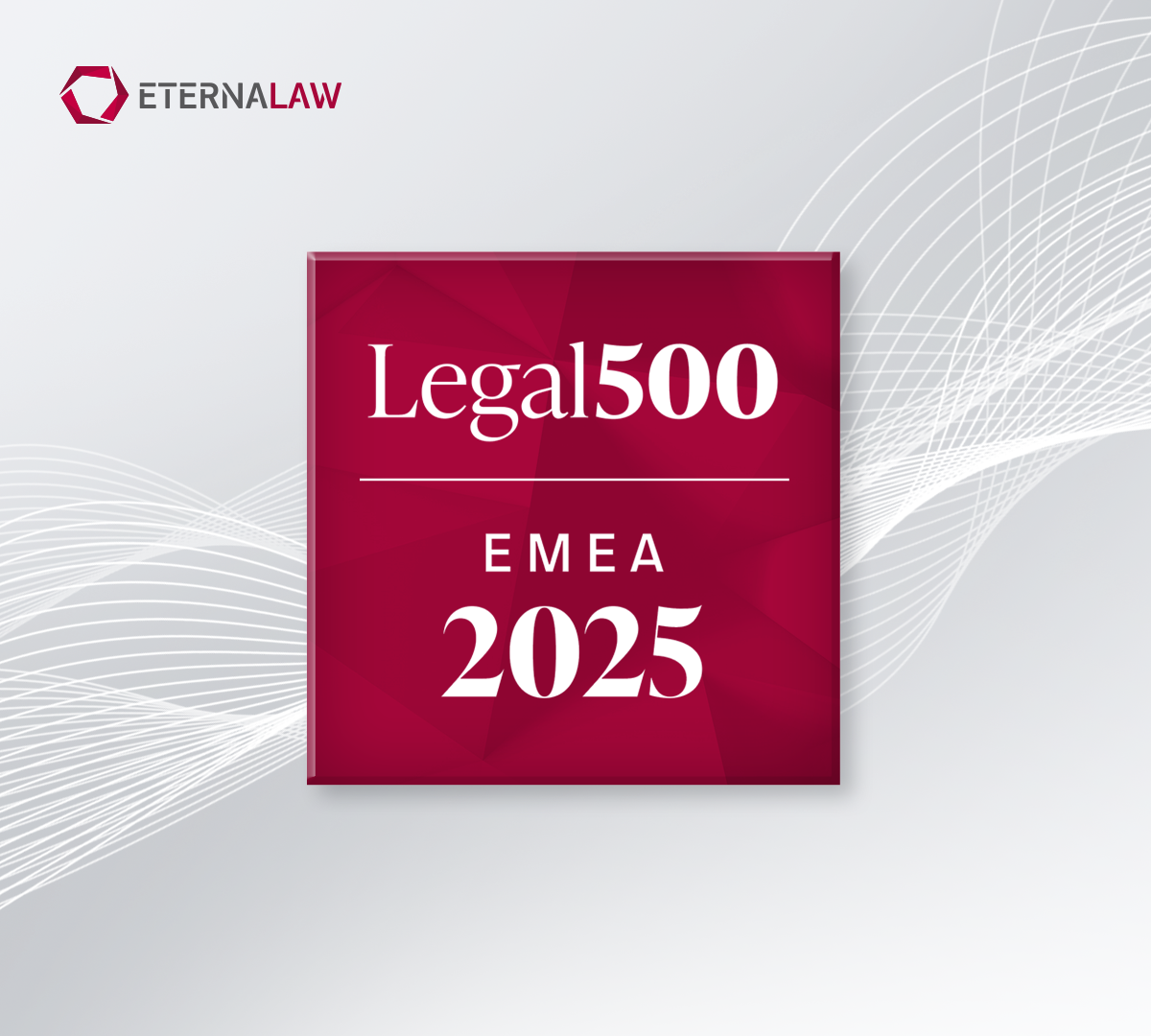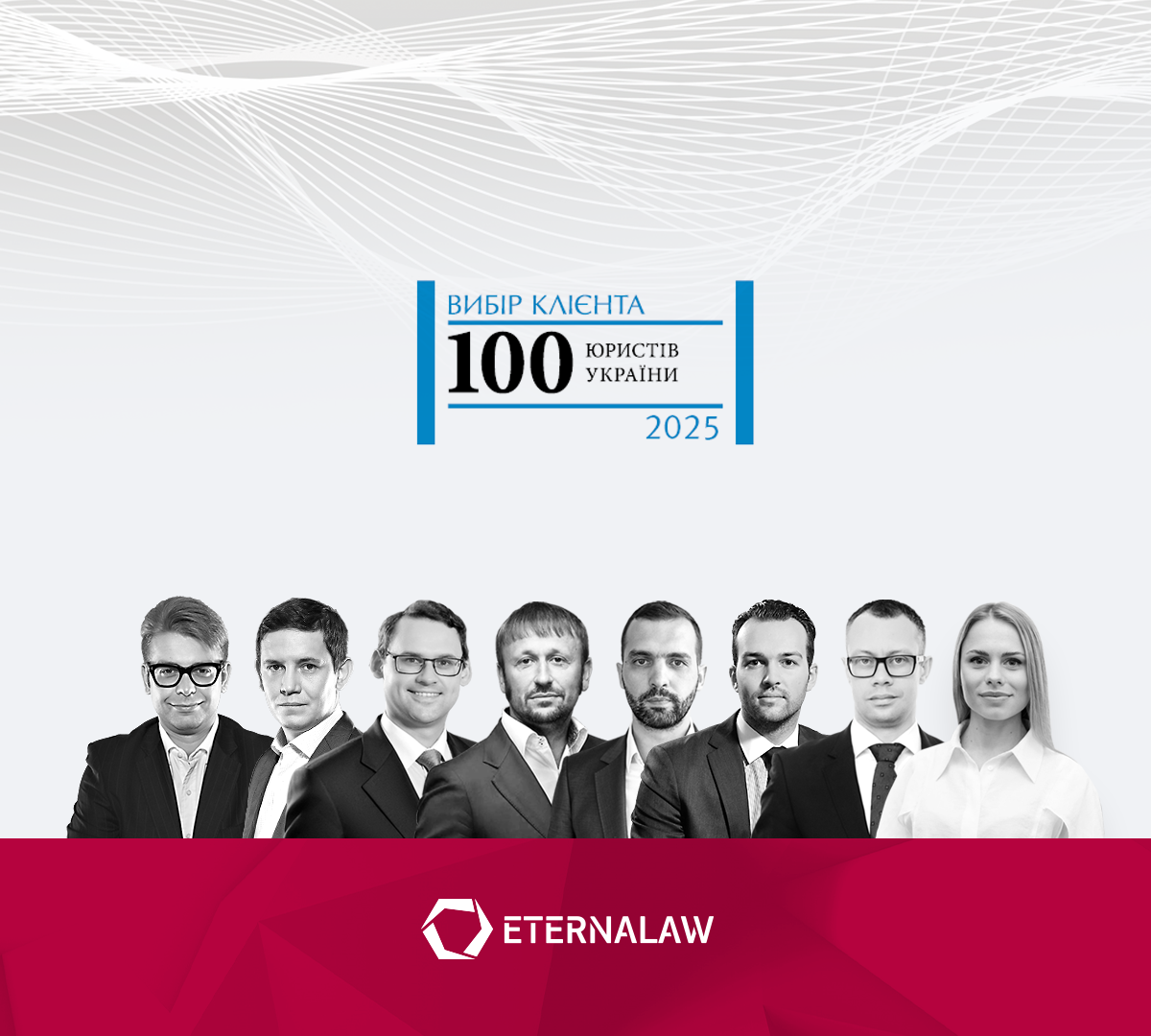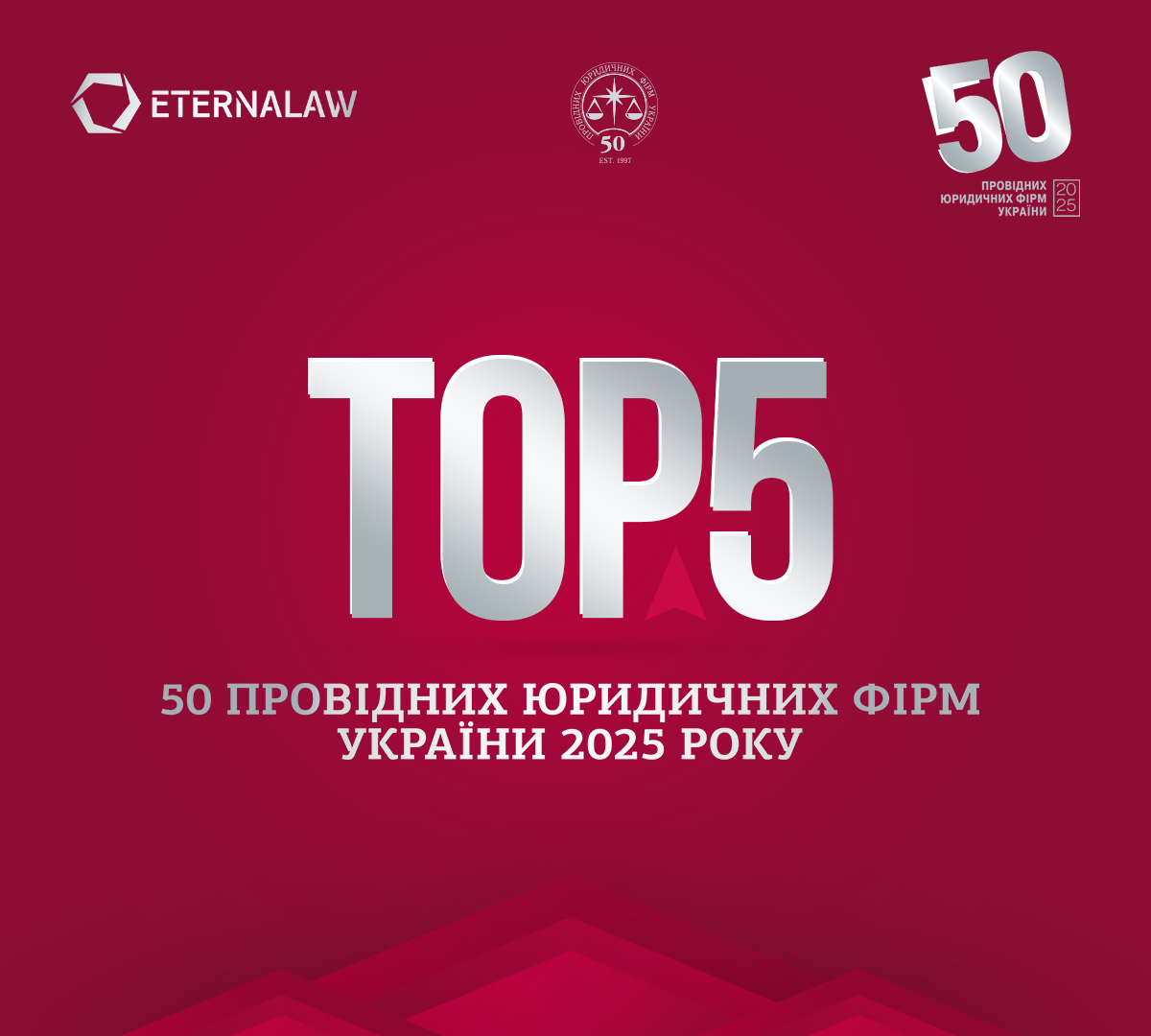Оригінальний матеріал англійською мовою
Starting from the first days of the Russian invasion into Ukraine numerous states including the US, UK and members of the EU imposed severe sanctions upon the Russian Federation. A wide range of sanctions was applied targeting sovereign assets, state and privately held companies, politically exposed persons and high net worth individuals. One of the most painful type of sanctions provided for freezing of the assets belonging to the Central Bank of the Russian Federation and oligarchs deemed to be affiliated with the Kremlin. At first stage the sanctions were aimed to increase pressure on the Russian Federation thus incentivizing it to cease violations of international law and human rights. However, since the violent and neglectful conduct of Russia was persistently continued the purpose of the asset freezes was given a new angle. As Ukraine sustained enormous damage by the Russian aggression this brought to the table the issue of reparations and its sources.
Usually, in international law reparations are imposed by a bilateral (multilateral) treaty or by judgment of a court or arbitration tribunal. History has seen many instances when wars ended by conclusion of peace treaties which either set and quantified the reparations payable by the “losing” party or established a mechanism for the determination of reparations. The first option was applied in particular after the completion of the two World Wars. The second option also has a long track record in history. One of the most well known examples is the Alabama Tribunal which was established following the American Civil War. During this war Great Britain effectively intervened by providing navy to the Confederates. After the hostilities have ceased a treaty was entered into by the United States of America and Great Britain which set up an arbitration commission dealing with claims arising from the intervention by the Great Britain. The other, more recent, example is the Iran-United States Claims Tribunal which was established following the Islamic Revolution in Iran in 1979. This tribunal is a consensual mechanism created by agreement between the disputing states. Notably, this tribunal still exists and its vast jurisprudence has gained recognition and authority in the realm of arbitration and international public law generally.
So these historical options are all consensual, that is based on the agreement of the states involved. Even in the instances when there were no outright “winners” and “losers” in the wars or other hostilities the instruments referred to in the above required the agreement of the states involved. The present situation in the Russian-Ukrainian war is however different.
Quite quickly after the first weeks of the invasion the representatives of Ukraine and Russian Federation started negotiations to agree a ceasefire or some form of truce. The negotiations progressed vigorously although stalled after the withdrawal of the Russian Armed Forces from outskirts of Kyiv and Northern Ukraine thus revealing evidence of multiple and systematic war crimes. At present, there is no public evidence that the negotiations are being continued. Furthermore, there are more and more declarations from officials of different countries that any agreement between the states is unlikely. The fate of these negotiations will ultimately depend on the degree of military success achieved by either of the states. Should the Russian Federation sustain a bitter and devastating defeat in a military or economic context, this could create some ground for a peace agreement prescribing for payment of reparations.
Now, this raises the question how the reparations may be secured if there is no agreement to such by the Russian Federation? The present situation is that frozen assets of the Russian Federation constitute a considerable amount of funds, which although insufficient but could cover a major part of the damage inflicted on Ukraine.
The frozen assets are physically or de facto under the control of the states that have imposed sanctions. The only missing element is that the states that have imposed sanctions lack legal mechanisms to extract those funds and transfer them to Ukraine or a separately established fund that will deal with recovery of Ukraine’s economy. Already in early March 2022 the representatives of the US and UK governments have highlighted the problem that extraction or confiscation of the frozen assets would require some new legislation to avoid legal challenges by the sanctioned parties. There are ongoing debates within the US whether such confiscation requires legislative intervention or whether the executive powers of the US President could be sufficient under the International Emergency Economic Powers Act (IEEPA). These discussions have recently received a new breath with the initiative to recognize the Russian Federation as a state sponsor of terrorism which opens the space to apply special measures against the assets of such states pursuant to the Terrorism Risk Insurance Act of 2002 (TRIA). Some reliance has been placed on the recent practice of the US in freezing nearly a half of reserves of the Central Bank of Afghanistan which have been reserved for the outcome of ongoing civil litigation by some of 9/11 victims’ families. It is highly likely that the European Union will follow these approaches. The EU has so far established the Ukraine Solidarity Trust Fund but its sources of funding has not been concretely explained. Logically, one would assume that this fund would need to be filled to a substantial extent with the frozen funds of the aggressor.
The direction is now apparently obvious that the recovery of Ukraine will be financed by the frozen assets of the Russian Federation. Although the modalities of this process are yet to be established. Certainly, at some point the process may be made more simple or operate in parallel once the Russian Federation recognizes its liability for multiple breaches of international law and agrees to payment of reparations. Several suggestions have already been raised that the reparations may be sourced from the profits of future exports of oil and gas from Russia. The most important conclusion here is no matter how and by which procedure the aggressor should be held liable to the full extent for the committed flagrant breaches of international law.
Source: UKRAINIAN LAW FIRMS



